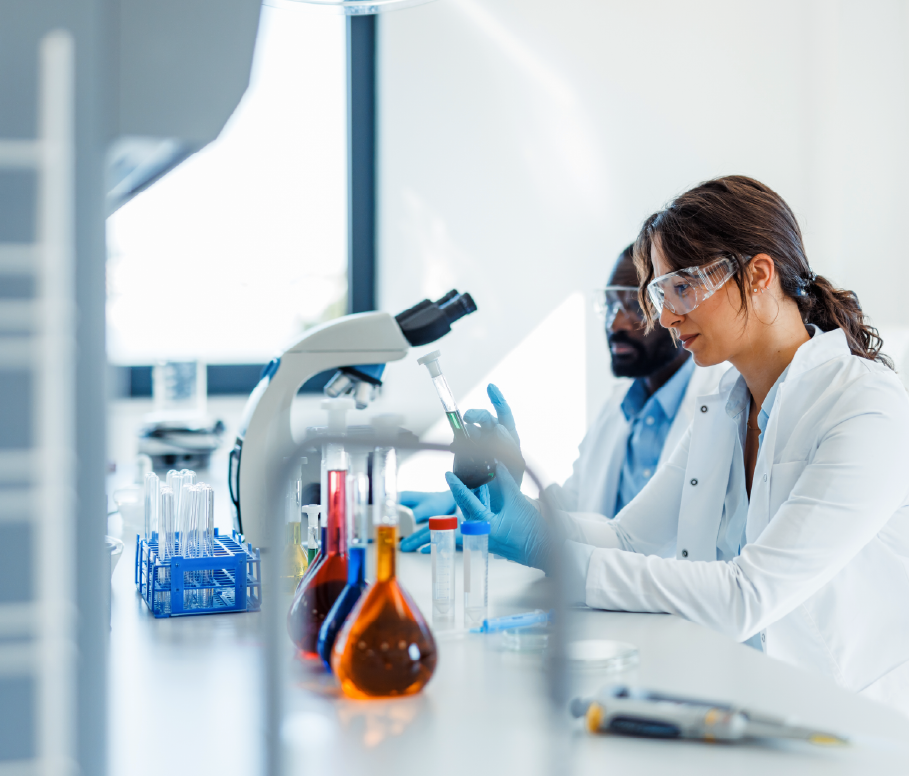This blog is based on an article published by Geneva Network found here.
Throughout the COVID-19 pandemic, the rapid development of vaccines, diagnostics and therapeutics has been integral to mitigating the impact of the virus and saving millions of lives across the world. Intellectual property (IP) rights continue to support lifesaving innovations for the benefit of public health and have underpinned efforts to fight COVID-19 at every step.
As the World Health Organization (WHO) begins formal discussions on the Pandemic Prevention, Preparedness and Response (PPR) Instrument, it’s vital that leaders recognize not only the crucial role of IP in battling COVID-19, but also its ability to help prepare for future threats. A collection of leading think tanks and civil society organizations recently published five guiding principles essential for ensuring the protection of IP for pandemic preparedness, highlighting these key roles.
These organizations emphasize that the IP waiver for COVID-19 vaccines, approved at the recent 12th Ministerial Meeting of the World Trade Organization, should not be expanded and that any technology transfer that takes place be on a voluntary and collaborative basis. Indeed, global leaders should focus on public health infrastructure and vaccine delivery, in addition to other administration and equity barriers>, to ensure preparedness for future threats.
The five guiding principles include:
- IP rights are essential to develop and manufacture innovative pandemic vaccines and therapeutics: In January 2020, little was known about COVID-19. By August 2022, there were 10 vaccines authorized for emergency use by the WHO, with hundreds more vaccine, antivirals, and treatments candidates. IP rights have been fundamental to the development and manufacturing of these innovations.
- The best way to transfer technology and share manufacturing know-how is through voluntary cooperation: Voluntary manufacturing partnerships have been critical to the success of COVID-19 mitigation efforts. Innovators were able to share complex manufacturing know-how with partners around the world, safeguarded by the protection of IP rights.
- Relying on IP-free models of vaccine and therapeutic development is far too risky, especially in a pandemic: The research and development model that continues to enable the battle against COVID-19 is secured on IP protections. If a new treaty stripped away IP rights, the world would have to rely on more risky, experimental models of vaccine and treatment development and manufacturing in the face of the next pandemic.
- In a pandemic, nimbleness and flexibility are key. UN organizations should not attempt to pick vaccine technology “winners” ahead of any pandemic: No one can say for certain what technologies will be necessary to fight future pandemics. Preventative actions should instead focus on improving overall public health measures and delivery capacity.
- The IP waiver shows us preparedness needs to focus on robust public health and vaccine delivery systems: The innovations developed over the course of the COVID-19 pandemic are meaningless without delivery. In fact, there remains a surplus of COVID-19 vaccines across the globe. There are numerous barriers to vaccine delivery and administration that must be addressed to better prepare for future pandemics.
The ongoing battle against COVID-19 has highlighted key learnings that should be considered when planning for future global health threats. In order to most effectively tackle new or emerging health threats, world leaders must address the very real issues hindering the effective delivery and administration of vaccines and treatments – and truly learn from the current pandemic.
“World leaders must address the very real issues hindering the effective delivery and administration of vaccines and treatments in the face of new or emerging health threats.”


